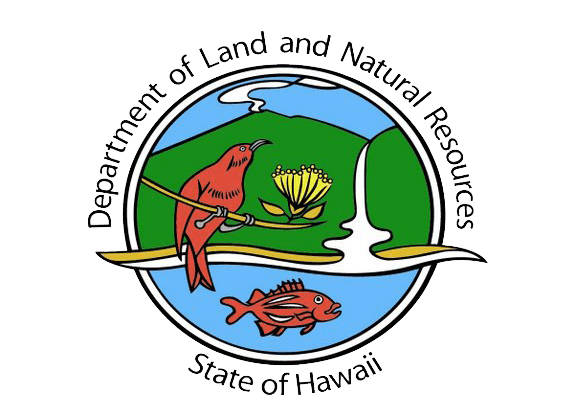A proposed environmental impact statement — produced by aquarium fishers to reopen West Hawaii’s coastal waters to 10 commercial aquarium fishermen — was rejected in a 7-0 decision by the Board of Land and Natural Resources on Friday.
“The unanimous vote clearly reflects the Board’s view that the aquarium fishers’ proposal, without meaningful limits on future catch, without enough attention to our highly depleted stocks like paku‘iku‘i (Achilles tang) and other low-number species, and without adequate analysis of the near-future effects of climate change, ocean warming and coral bleaching on our reefs, did not adequately disclose the potential environmental impacts of the proposed ten permits,” said BLNR chairperson Suzanne Case.
The EIS produced by the Pet Industry Joint Advisory Council suggested issuing permits to 10 commercial aquarium fishers inside the West Hawaii Regional Fishery Management Area. The only proposed bag limit was for achilles tang, while slot limits were posed for certain sizes of yellow tang and kole. A lack of data regarding the number of fish that would be removed was of particular concern to the BLNR.
“The fact that there are really no limits on the number of fish that can be taken I think is very, very challenging. I don’t know how you analyze impacts when you don’t know how many fish will be taken out,” said Case. “We don’t have the data available for statistical analysis of the impact of removing a certain amount of fish from the reef – of species that are very low numbers already.”
The Hawaii Supreme Court halted aquarium fishing on Sept. 6, 2017 by ruling collection without environmental review violates the Hawaii Environmental Policy Act; no permits have been issued for the WHRFMA since.
“They did the right thing,” said plaintiff in the Supreme Court decision and Executive Director of For the Fishes Rene Umberger. “The EIS was flawed in so many ways that it basically rendered it useless. They really had to reject it.”
Going forward, the aquarium fishers can choose to revise the EIS in the form of a revised draft EIS or appeal the BLNR’s decision.

